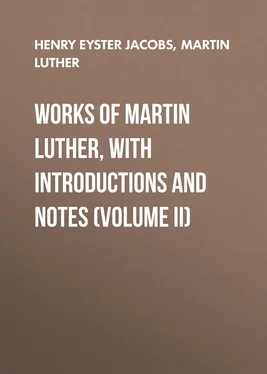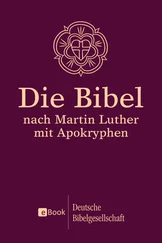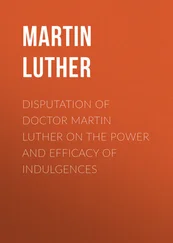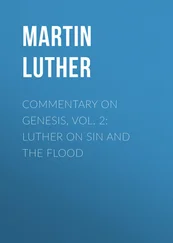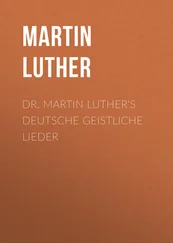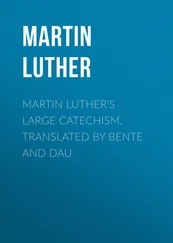Kirchweihen , i. e., the anniversary celebration of the consecration of a church. These days had become feast days for the parish, and were observed in anything but a spiritual fashion.
i. e., Occasions for drunkenness, gain and gambling.
See above, pp. 96 f.
See above, p. 98, note 2.
Letters entitling their holder to the benefits of the masses founded by the sodalities or confraternities. See Benrath, p. 103.
See above, p. 98, and Vol. I, p. 22.
The pun is untranslatable,— Netz, Gesetz solt ich sagen .
What the pope sold was release from the "snares" and "nets," viz., dispensation.
i. e., Even into the law of the church.
Die wilden Kapellen und Feldkirchen , i. e., churches which are built in the country, where there are no congregations.
A little town in East Prussia, where was displayed a sacramental wafer, said to have been miraculously preserved from a fire which destroyed the church in 1383. It was alleged that at certain times this wafer exuded drops of blood, reverenced as the blood of Christ, and many miracles were said to have been performed by it. Wilsnack early became a favorite resort for pilgrims. In 1412 the archbishop of Prague, at the instigation of John Hus, forbade the Bohemians to go there. Despite the protests of the Universities of Leipzig and Erfurt, Pope Eugenius IV in 1446 granted special indulgences for this pilgrimage, and the popularity of the shrine was undiminished until the time of the Reformation. Cf. Realencyk , xxi, pp. 347 ff.
In Mecklenburg, where another relic of "the Holy Blood" was displayed after 1491. C. Benrath, pp. 104 f.
The "Holy Coat of Trier" was believed by the credulous to be the seamless coat of Christ, which the soldiers did not rend. It was first exhibited in 1512, but was said to have been presented to the cathedral church of Trier by the Empress Helena, mother of Constantine the Great.
Pilgrimage to the Grimmenthal in Meiningen began in 1499. An image of the Virgin, declared to have been miraculously created, was displayed there, and was alleged to work wonderful cures, especially of syphilis.
The "Fair Virgin ( die schöne Maria ) of Regensburg" was an image of the Virgin similar to that exhibited in the Grimmenthal. The shrine was opened March 25, 1519, and within a month 50,000 pilgrims are said to have worshipped there. ( Weimar Ed. , VI, 447, note 1). For another explanation see Benrath, p. 105.
The pilgrimages were a source of large revenue, derived from the sale of medals which were worn as amulets, the fees for masses at the shrines, and the free-will offerings of the pilgrims. A large part of this revenue accrued to the bishop of the diocese, though the popes never overlooked the profits which the sale of indulgences or worship at these shrines could produce. In the Gravamina of 1521 complaint is made that the bishops demand at least 25 to 33 per cent, of the offerings made at shrines of pilgrimage (Wrede, op. cit. , II, 687).
i. e., Every bishop.
The possession of a saint gave a church a certain reputation and distinction, which was sufficiently coveted to make local Church authorities willing to pay roundly for the canonisation of a departed bishop or other local dignitary. Cf. Hutten's Vadiscus (Böcking, IV, 232).
Archbishop of Florence (died 1450). He was canonised, May 31, 1523, by Pope Hadrian VI. When Luther wrote this the process of canonisation had already begun.
Indulta , i. e., grants of special privilege.
"Lead," the leaden seal attached to the bull; "hide", the parchment on which it is written; "the string," the ribbon or silken cord from which the seals depend; "wax," the seal holding the cord to the parchment.
Franciscans, Dominicans, Augustinians, Carmelites and Servites.
